Roof Coverings
It is no coincidence that, since ancient times, slate "ciappe" have been used as covering elements for roofs. Slate, in fact, has a sort of natural predisposition for this type of use. Firstly, it is a stone that is easily flaked into slabs of fairly regular thickness, so thin as to be light enough to be used as a roofing material.
Furthermore, slate is practically impermeable and resistant to freezing, thus able to withstand the effects of weather for a long time. To these advantages is added a non-negligible factor: nowadays, slate can be considered environmentally perfect material, unlike fiber cement slabs (often mistakenly exchanged for slate), which are now required by law to be removed. The "ciappe" used by the farmers of Cogorno and Fontanabuona for their homes were not particularly refined; the result was roofs with a rustic design that still exert considerable charm today. A different story, however, applies to the material exported to nearby cities, particularly Genoa. Even today, the roofs of the historic center of Genoa are made of "ciappe" with classic rectangular or square shapes, while many church domes and bell towers highlight the characteristic "scale" covering.
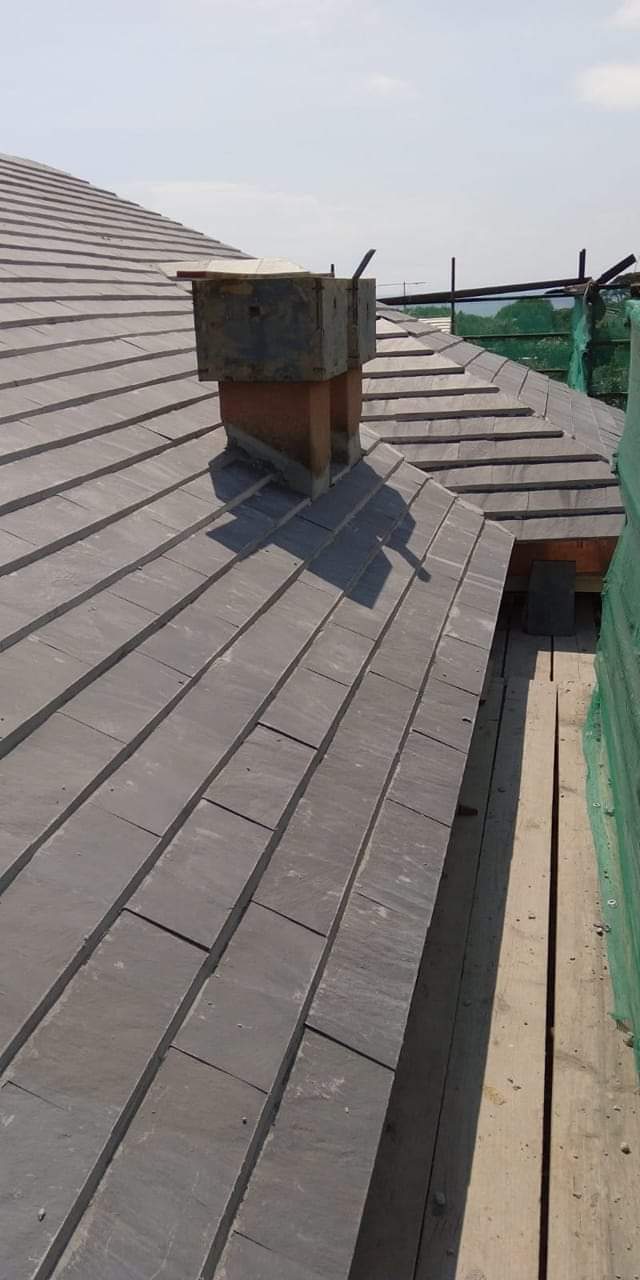
GENOESE-STYLE ROOF
The installation of the "triple Genoese-style slate roofing" is carried out by bonding with lime and cement mortar, also placed between the slabs, whether they rest on a slope made of wooden planks or on a slope in armed brickwork.

PIEDMONT-STYLE ROOF
The "Piedmont" type slate, particularly appreciated and increasingly requested due to its pleasant design, is distinguished from classic-shaped slabs by being chamfered on two corners.
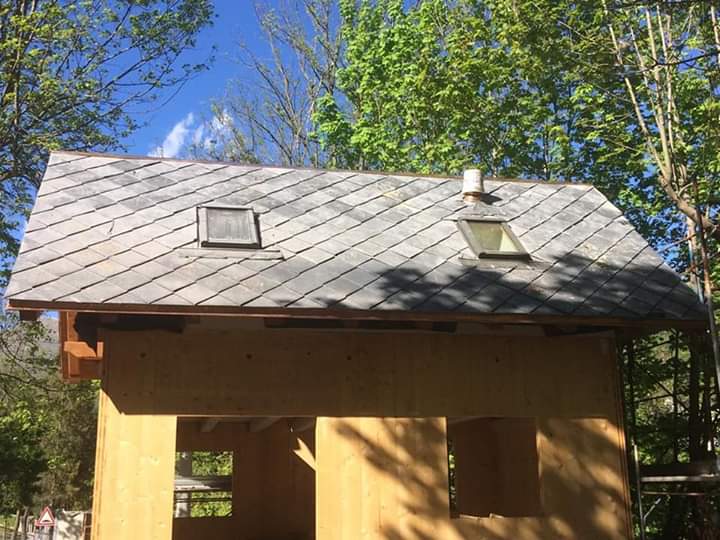
CLASSIC FRENCH-STYLE ROOF
The French-style roof is distinguished by the square shape of the slabs arranged in a "diamond" pattern. Sometimes the shape of the slate is changed to hexagonal, while the final design of the roof remains unchanged.
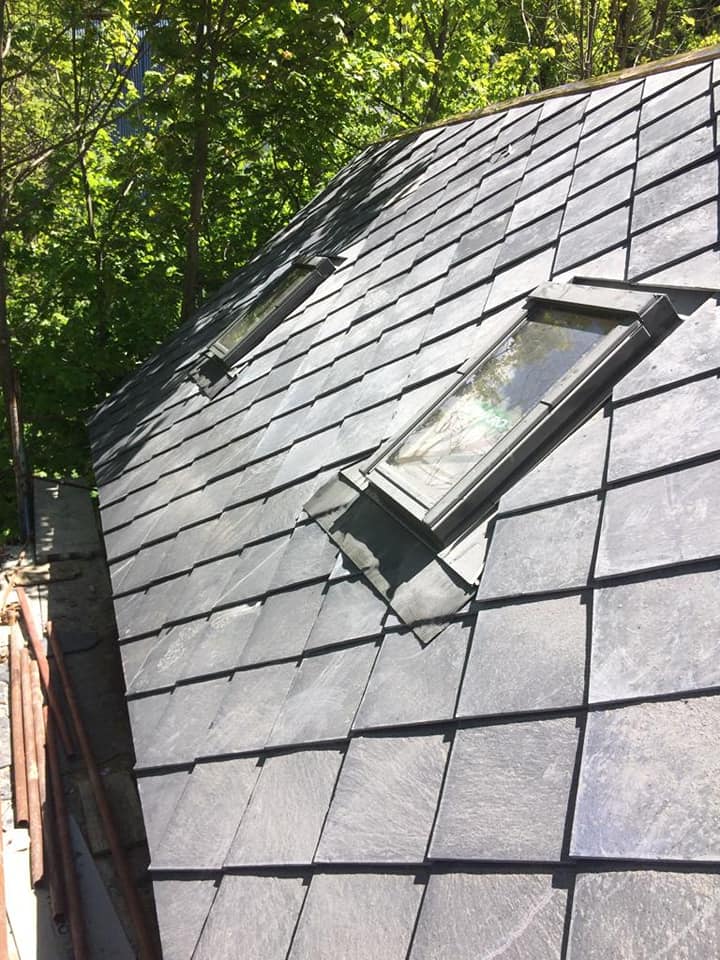
FRENCH-STYLE HOOKED ROOF
The French-style roof is usually characterized by its square shape and the arrangement of the slabs in a "diamond" pattern. This design requires nailing during installation.

DOUBLE LIGURIAN-STYLE ROOF
The installation of the double hooked roof covering is carried out after laying the laths, spaced apart by means of a special rule ("scarsetta").
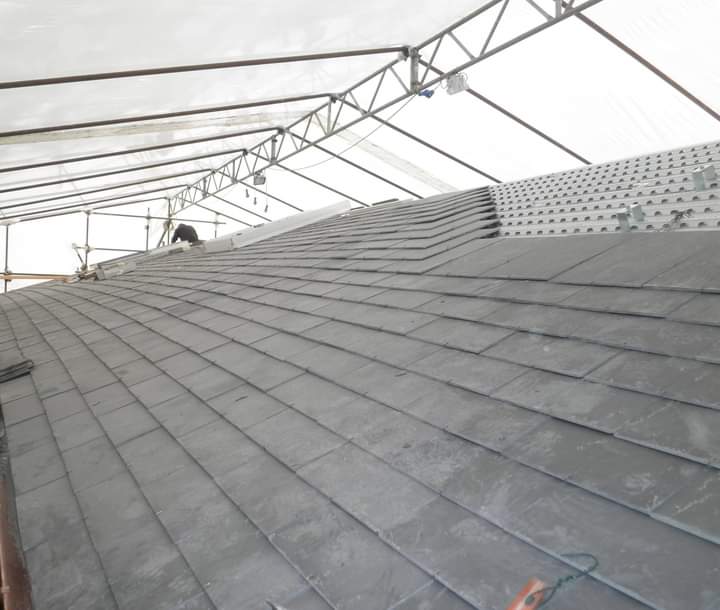
THE "TRIPLE" LIGURIAN-STYLE ROOF
The installation of the triple hooked roof covering is carried out after laying the laths, spaced apart by means of a special rule ("scarsetta").
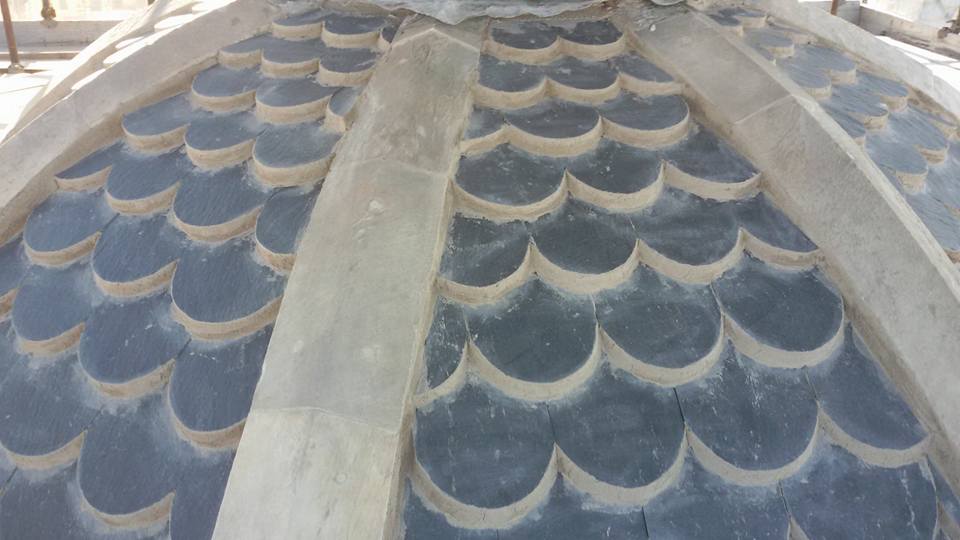
CURVED SCALE ROOF
Scale roofing is mainly used for curved surfaces such as church domes or bell towers. The installation in these cases necessarily involves nails and/or lime.
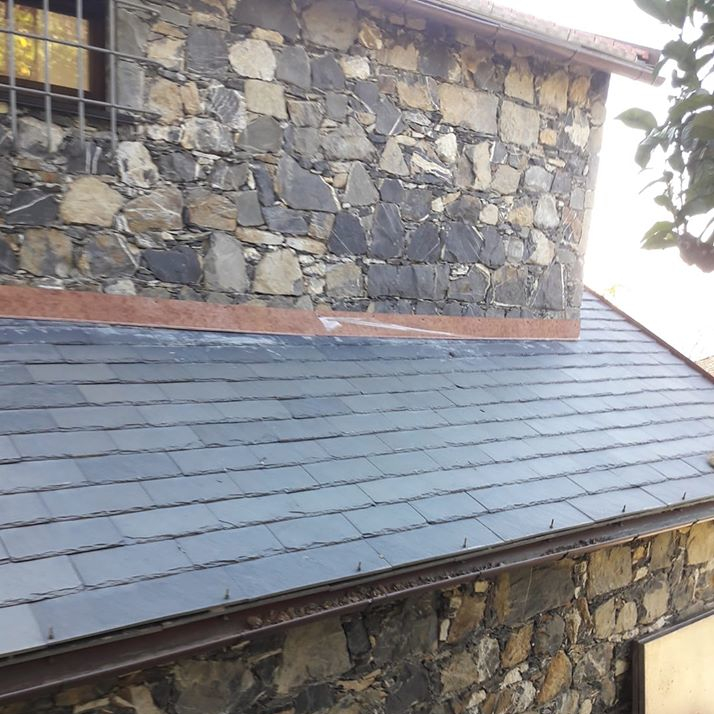
SPLIT ROOF
The split-type slab is also classified as "rustic mountain"; its visible sides have an irregular design. The covering can be double or triple overlapped.

FLAT SCALE ROOF
Historically used for curved surfaces such as church domes or bell towers, scale roofing is also applied, in more recent times, to roofs with linear surfaces.





 1
1 2
2 3
3 4
4 5
5